Saber-Toothed Tiger: The Ultimate Prehistoric Assassin
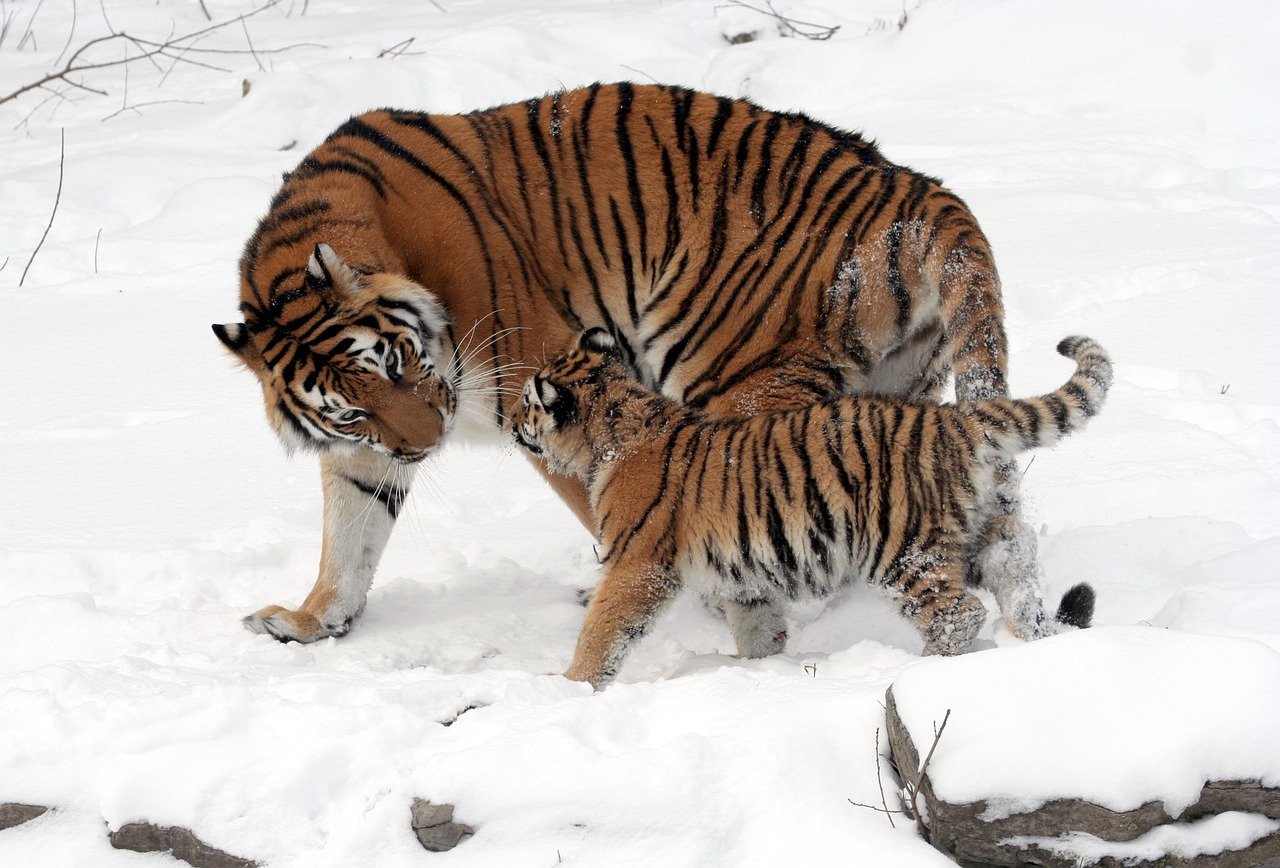
When most people think of prehistoric cats, the saber-toothed tiger immediately comes to mind. These magnificent beasts weren’t actually tigers at all, but belonged to the genus Smilodon. Their iconic fangs could grow up to 11 inches long, making them the perfect weapons for taking down massive prey like mammoths and giant ground sloths.
What made these cats so deadly wasn’t just their impressive teeth. They had incredibly muscular builds, especially in their forelimbs and shoulders, giving them the strength to wrestle down animals much larger than themselves. A modern tiger might be fast and agile, but it would struggle against the sheer brute force of a saber-toothed cat. These prehistoric hunters could deliver a killing bite that would penetrate deep into vital organs, something no modern big cat could match.
American Lion: Bigger Than Any Cat Alive Today

The American lion was essentially a supersized version of today’s African lion, but with a twist that would make any modern big cat nervous. These giants roamed North America during the Pleistocene epoch and were about 25% larger than the biggest lions you’ll find in Africa today. Adult males could weigh up to 930 pounds, making them true heavyweight champions of the cat world.
Their hunting style was probably similar to modern lions, but their massive size gave them a significant advantage. They could take down prey that would be impossible for today’s cats to handle alone. Even a coalition of modern lions would think twice before facing off against one of these prehistoric giants.
Cave Lion: Europe’s Apex Predator

The cave lion was Europe’s answer to the American lion, and it was just as impressive. These cats were slightly smaller than their American cousins but still significantly larger than any modern lion. What made them particularly dangerous was their adaptation to colder climates, which gave them thicker fur and more robust builds.
Archaeological evidence suggests these lions were skilled hunters who could take down everything from reindeer to cave bears. Their bite force was estimated to be much stronger than modern lions, and they had the endurance to pursue prey across the harsh European landscape. A modern big cat would find itself outmatched by both the size and stamina of these ancient predators.
Machairodus: The Original Saber-Tooth
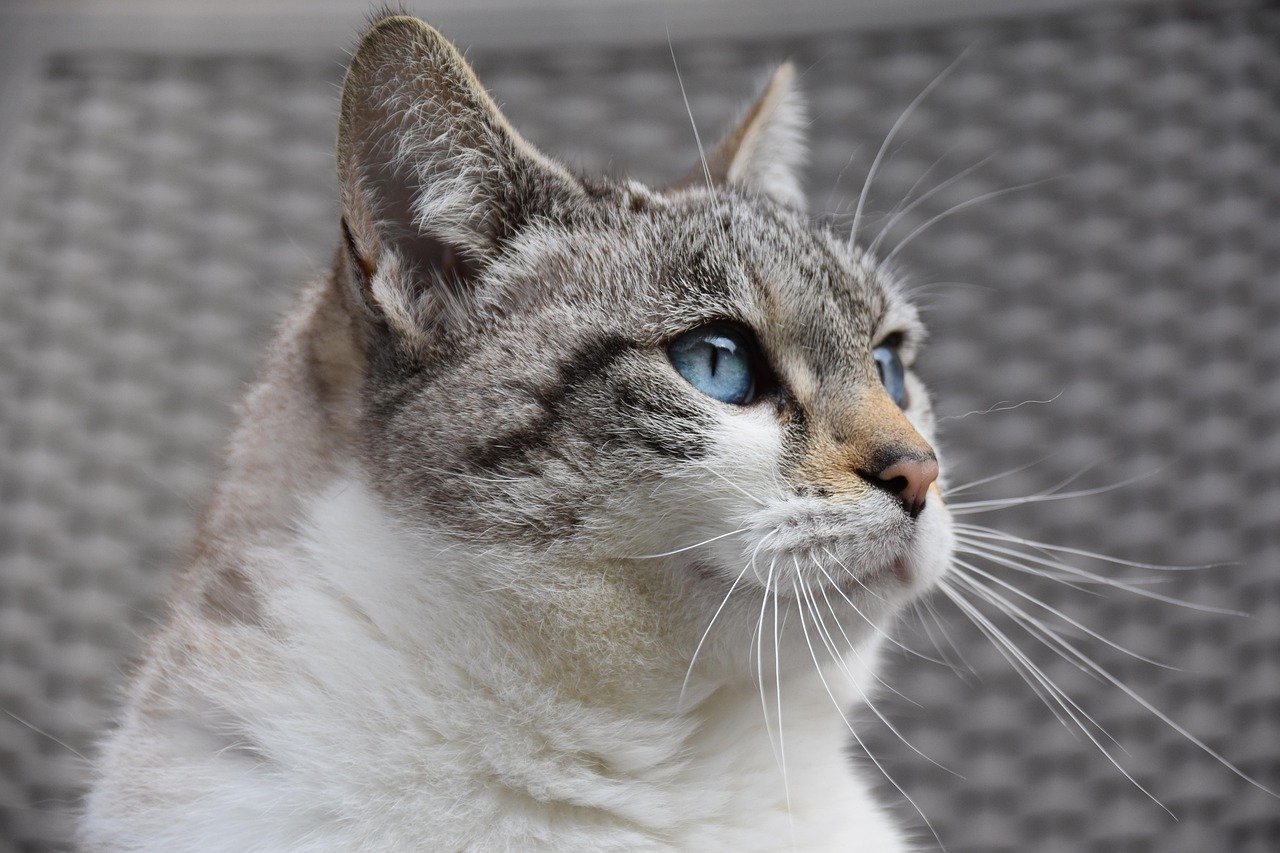
Before the famous Smilodon, there was Machairodus, often called the “original saber-tooth.” These cats lived millions of years before their more famous descendants and were the pioneers of the saber-tooth hunting style. Their canine teeth were proportionally even larger than those of Smilodon, making them incredibly efficient killers.
What sets Machairodus apart is their incredible evolutionary success. They spread across Africa, Europe, Asia, and North America, adapting to various environments and prey types. Their hunting technique involved using their powerful forelimbs to pin down prey while delivering a precise killing bite with their massive canines. This combination of strength, precision, and adaptability would give them a significant advantage over any modern big cat.
Giant Cheetah: Speed Meets Size

Imagine a cheetah that’s twice the size of today’s fastest land animal, and you’ve got the giant cheetah. These prehistoric speedsters combined the incredible velocity of modern cheetahs with the size and power of a lion. They could reach speeds of up to 70 mph while weighing as much as 200 pounds, making them the ultimate pursuit predators.
The giant cheetah’s hunting strategy was devastatingly effective. They could run down prey over long distances, then use their increased size to overpower victims that would be too large for modern cheetahs to handle. Their combination of speed, endurance, and strength would make them nearly unstoppable against today’s big cats, who would be caught off guard by such a massive sprinter.
Xenosmilus: The Cookie-Cutter Killer
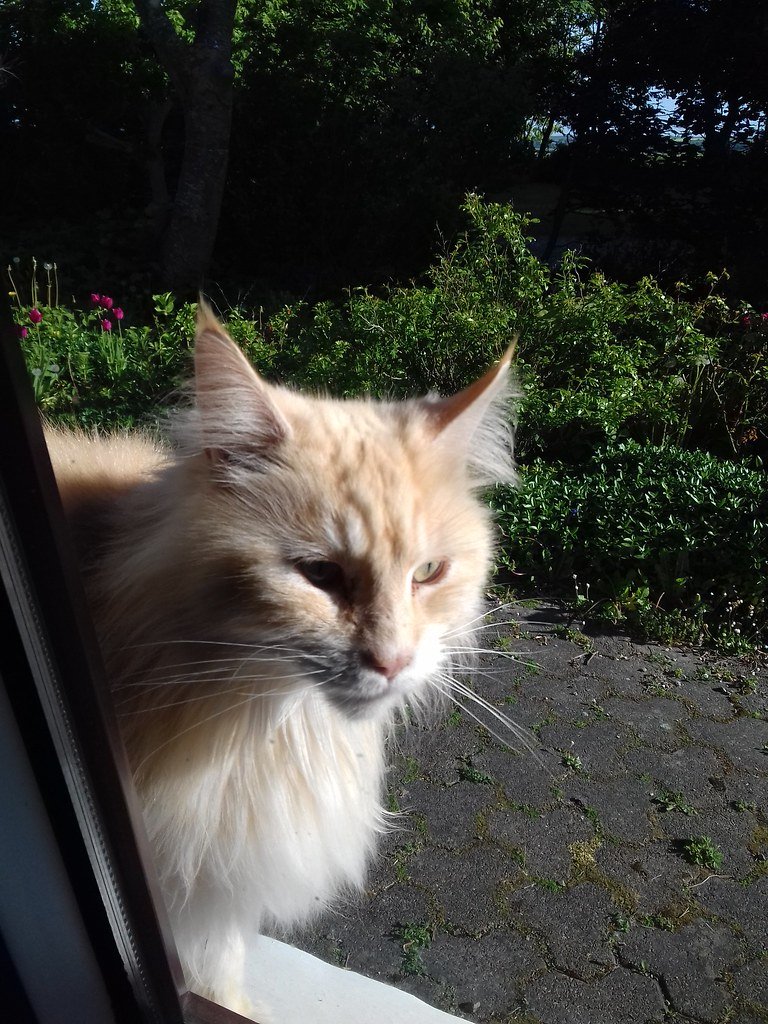
Xenosmilus earned its nickname “cookie-cutter cat” because of its unique teeth, which were perfectly designed for slicing through flesh and bone. Unlike other saber-toothed cats, Xenosmilus had shorter, more robust canines that were ideal for delivering quick, efficient kills. These cats were built like tanks, with incredibly powerful hindquarters and forelimbs.
Their hunting style was brutally effective. They would use their massive strength to pin down prey, then deliver a series of devastating bites that would quickly incapacitate their victims. The combination of their powerful build and specialized teeth made them incredibly efficient predators. Modern big cats, with their more generalized hunting adaptations, would struggle against such a specialized killing machine.
Dinofelis: The False Saber-Tooth
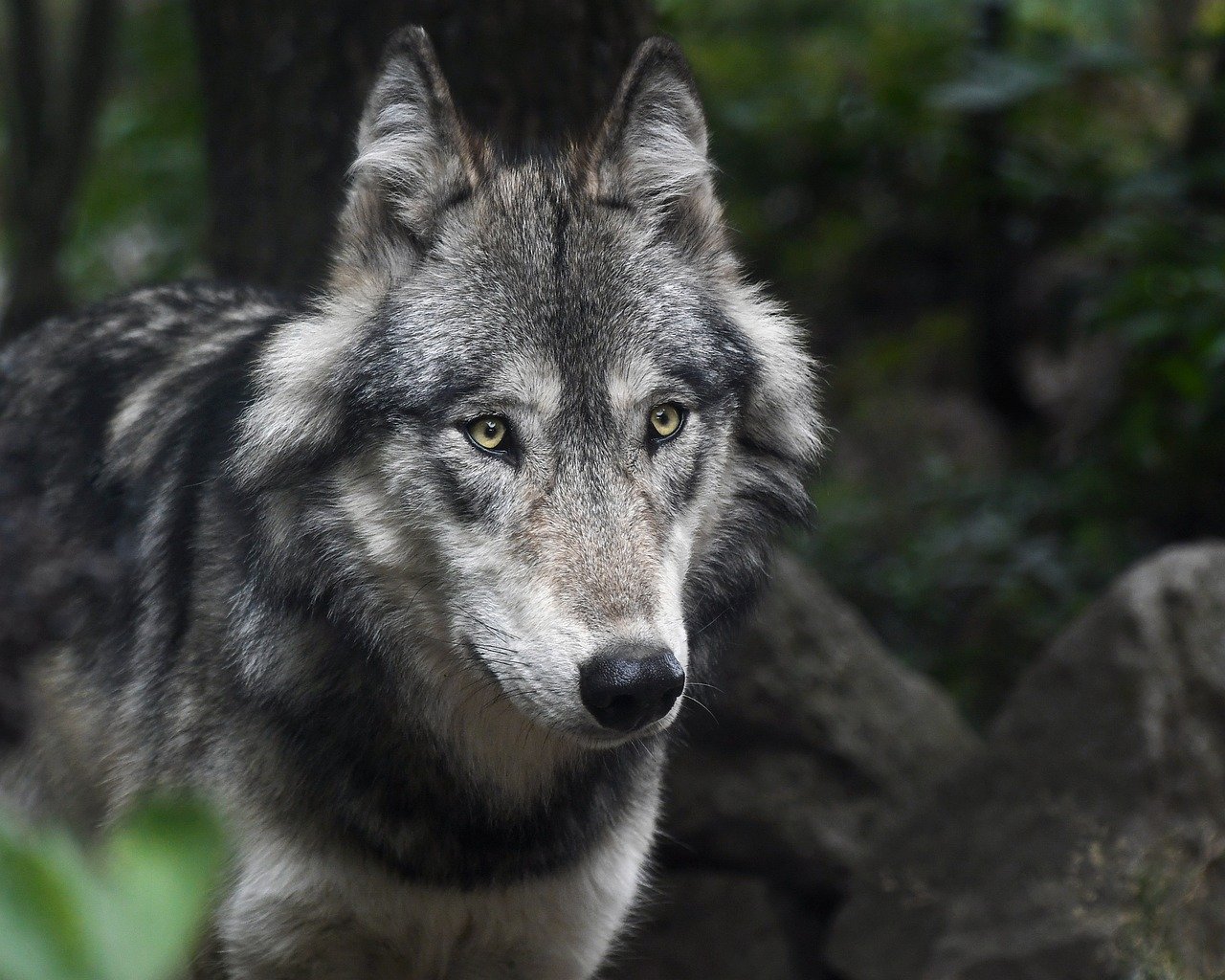
Dinofelis might not have had the massive canines of other prehistoric cats, but what it lacked in tooth size, it made up for in pure predatory intelligence. These cats were incredibly adaptable hunters who could take down prey ranging from small antelopes to early human ancestors. Their moderate size and well-balanced build made them perfect ambush predators.
What made Dinofelis particularly dangerous was their problem-solving ability and adaptability. They were among the first cats to develop complex hunting strategies and could adapt their techniques based on available prey. This behavioral flexibility, combined with their robust build and strong bite force, would give them a significant advantage over modern big cats who rely more on instinct than innovation.
The Prehistoric Advantage
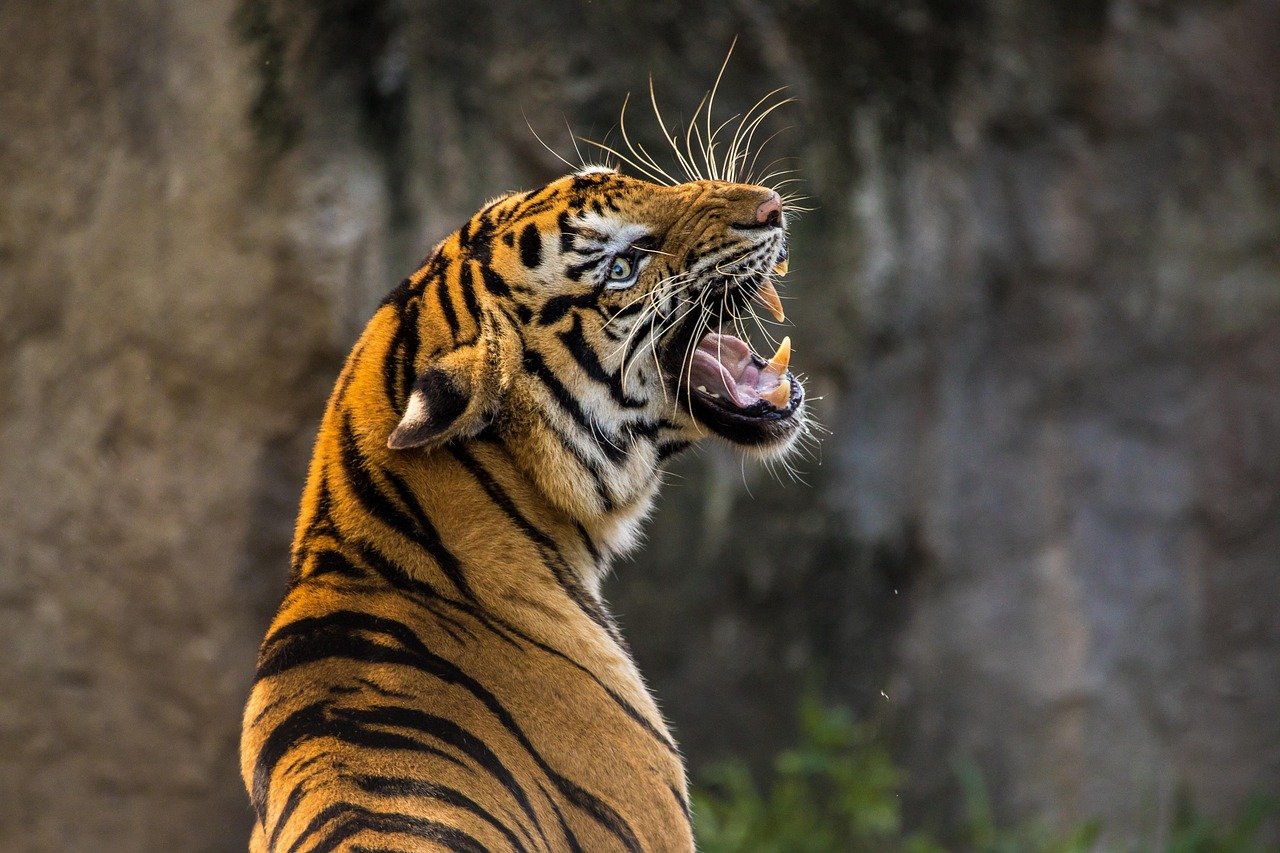
These ancient cats had several key advantages that would make them formidable opponents for today’s big cats. First, most of them were significantly larger than their modern counterparts, giving them obvious advantages in strength and bite force. Second, they evolved during times when competition was fierce, forcing them to develop specialized hunting techniques and physical adaptations that modern cats simply don’t possess.
The prehistoric environment was also much more challenging than today’s relatively stable ecosystems. These cats had to compete with other massive predators like dire wolves, short-faced bears, and giant hyenas. This constant pressure created super-predators that were perfectly adapted for taking down large, dangerous prey. Modern big cats, while impressive, evolved in less competitive environments and might struggle against these ancient killing machines.
Size Matters in the Cat World
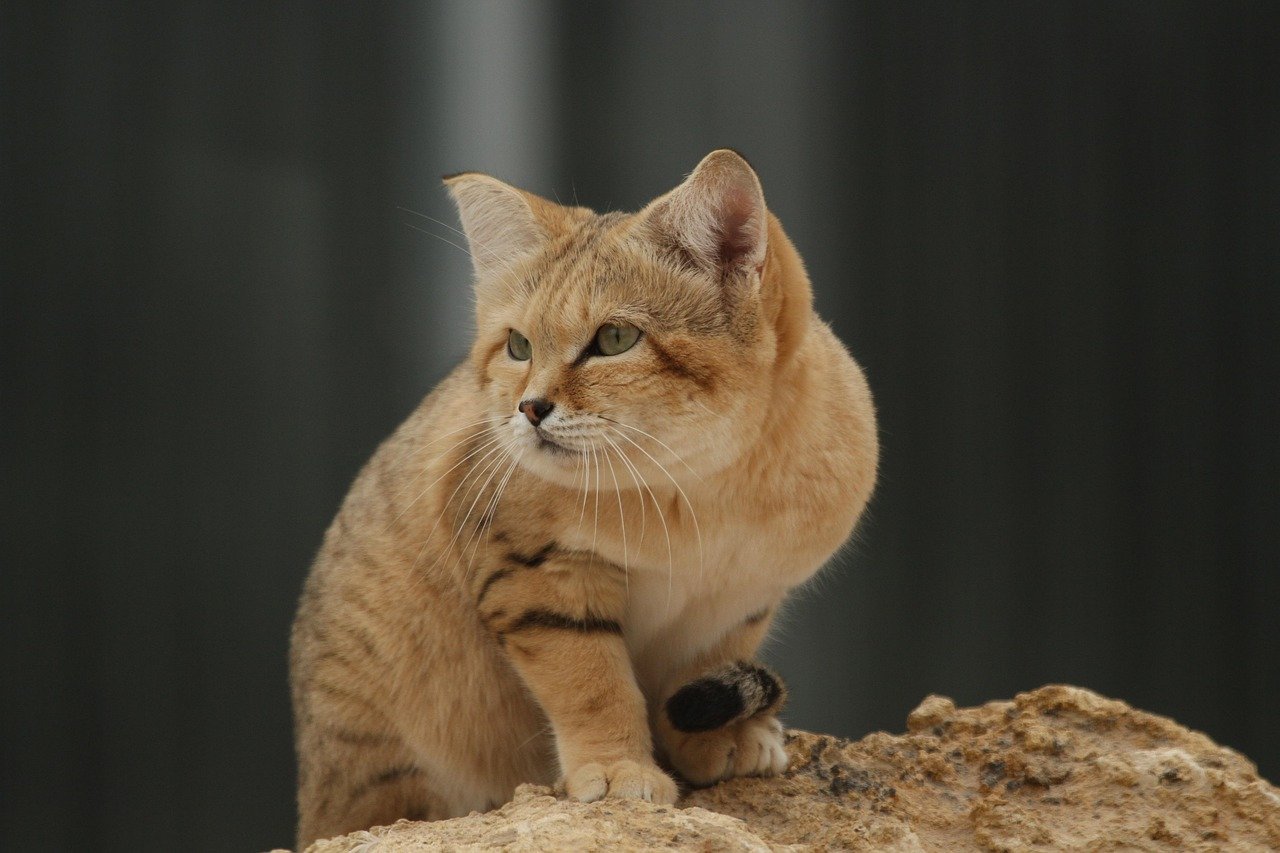
When it comes to predator-versus-predator encounters, size usually determines the winner. Most of these prehistoric cats were significantly larger than today’s biggest lions and tigers, giving them immediate advantages in any confrontation. A 930-pound American lion would make even the largest Siberian tiger look small by comparison.
But it wasn’t just about being bigger. These ancient cats had proportionally more muscle mass, especially in their killing apparatus. Their jaws, neck muscles, and forelimbs were all overdeveloped compared to modern cats, making them more efficient at delivering lethal attacks. Think of it like comparing a heavyweight boxer to a middleweight – both might be skilled, but the size difference creates an almost insurmountable advantage.
Specialized Killing Machines

Perhaps the most significant advantage these prehistoric cats had was their specialization. Modern big cats are generalists who can hunt a variety of prey using similar techniques. But these ancient predators were often highly specialized for specific types of hunting or particular prey animals. This specialization made them incredibly efficient within their niche.
The saber-toothed cats, for example, were perfectly designed for taking down large, thick-skinned prey that would be nearly impossible for modern cats to kill. Their entire anatomy was focused on this single purpose, making them devastatingly effective. When you’re facing a predator that’s been evolutionarily fine-tuned for maximum lethality, generalized hunting skills just aren’t enough.
Conclusion: Ancient Superiority
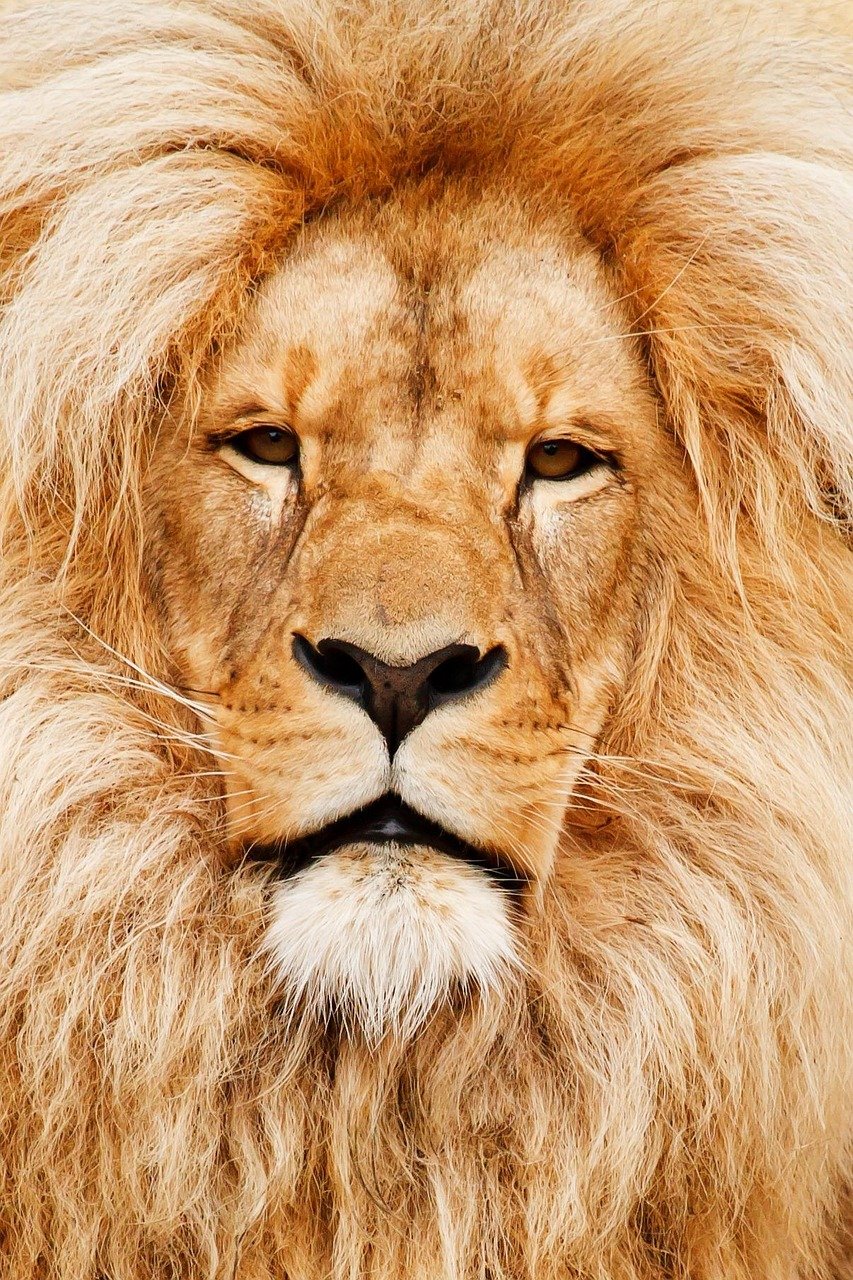
These prehistoric cats represent the pinnacle of feline evolution in terms of pure predatory power. They lived during an era when being anything less than perfect meant extinction, and this pressure created some of the most formidable predators the world has ever seen. While today’s big cats are certainly impressive, they’re essentially the “economy models” compared to these ancient supercars of the predator world.
The next time you watch a nature documentary about lions or tigers, remember that these modern cats are actually the smaller, less specialized descendants of much more impressive ancestors. Which of these prehistoric giants would you least want to encounter in a time machine?
Hi, I’m Bola, a passionate writer and creative strategist with a knack for crafting compelling content that educates, inspires, and connects. Over the years, I’ve honed my skills across various writing fields, including content creation, copywriting, online course development, and video scriptwriting.
When I’m not at my desk, you’ll find me exploring new ideas, reading books, or brainstorming creative ways to solve challenges. I believe that words have the power to transform, and I’m here to help you leverage that power for success.
Thanks for stopping by, Keep coming to this website to checkout new articles form me. You’d always love it!






